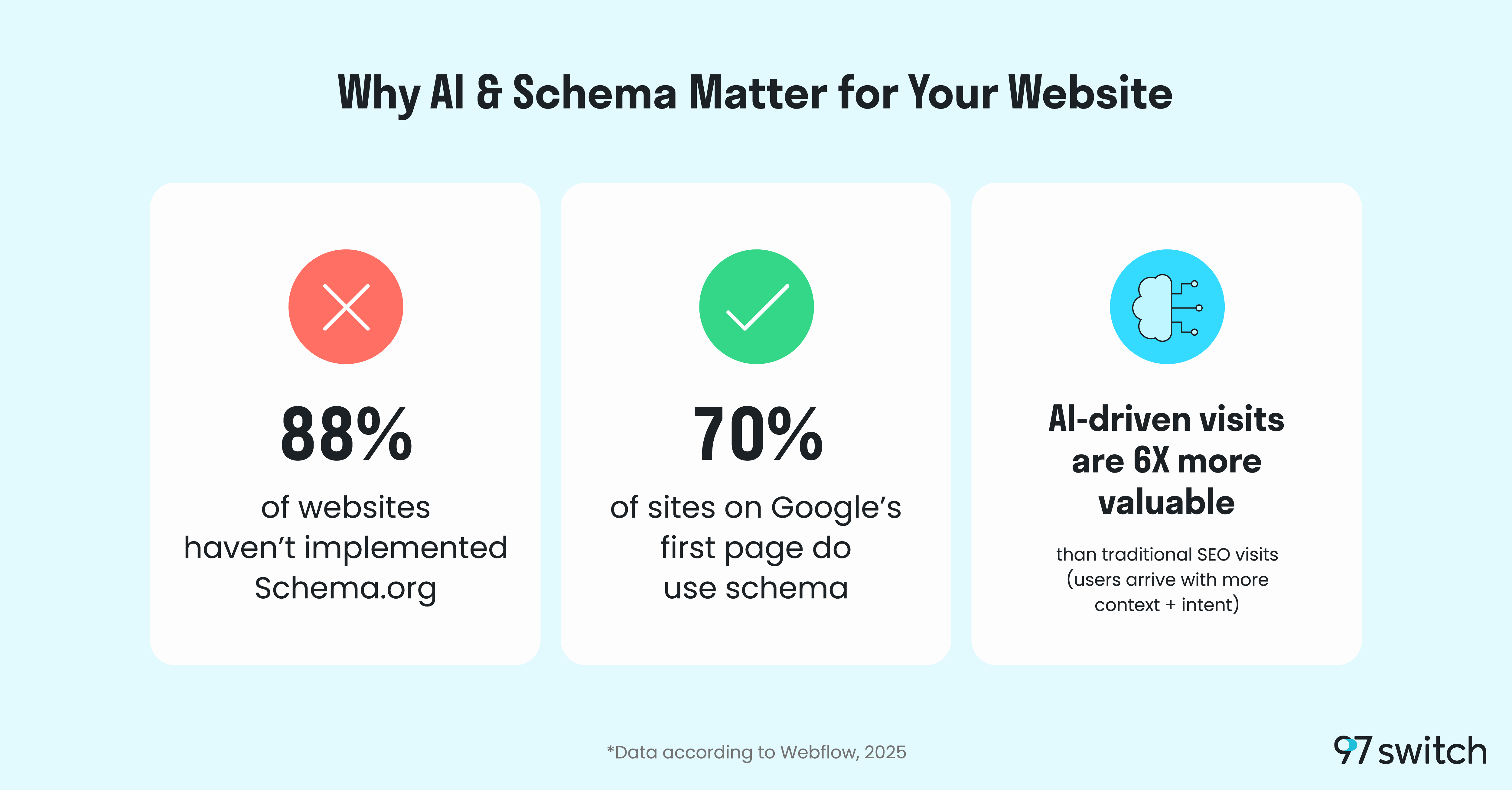SEO might seem like a hot buzz word that is ever elusive. Everyone wants it, but it has become an abstract idea in the minds of many business owners. To demystify it, SEO is simply making your website or other online listings show up and rank higher on search engines. While it’s a simple concept, the process of how to actually achieve those results can be more difficult to grasp. We’ve created a guide full of best practices and tips that you can implement to improve your website blog’s rank in search engines.
Include Relevant Key Phrases

The simplest way to optimize your blog, and one of the biggest reasons we encourage our partners to include a blog on their website, is to include key phrases. More than just random key words, key phrases use more full ideas that are relevant to your audience's needs. It’s important to place readability first in your use of key phrases. If your blog provides little value or is difficult to understand, people will quickly leave your site. This signals to search engines like Google that your website isn’t valuable, and that will rank you lower in the long run.
Blogs are a great place to not only share value with your current audience, but to attract new audience members. In order to reach them, you want to make sure that the key phrases are relevant to what someone might search in the search bar. For example, if we wanted to attract hotel owners to our digital marketing blog, we could include the key phrase “digital marketing tips for hotels” in our blog. This is something that an owner might type in when looking for information on how to grow online. More than just including these phrases, the placement of them matters. The best spots to utilize key phrases are in your headers, page titles, and URLs. Our key phrase “digital marketing tips for hotels” could become the title of a blog, which would help it hit each of these hot spots.
Optimize Your Blog for Mobile

Over half of the traffic Google receives is mobile. People are using their handheld devices more frequently than their laptops, and so your viewers whole experience with your website could be mobile. If that wasn’t reason enough to optimize your website for mobile, it also helps search engines know how to rank your blog. When your user experience is seamless, people will spend more time on the website than if they get frustrated and leave. The time they spend on each page is called dwell time. By improving the dwell time of your site, you’re signaling to Google that your content is valuable. If it’s valuable, then it's more likely to be relevant, so you will be ranked higher in search results.
Embed Visuals with Alt Text

It’s a good idea to include an image or two in your blog posts. Firstly, it makes them more interesting and breaks the text up, as well as communicating with your audience what they are going to read about. Secondly, images offer you another way to include keywords in your blog. By editing the alt text when posting a blog, you are not only making your website more accessible, but you’re taking control of your content. While your readers most likely won't see your alt text unless their page isn’t loading or they are using a screen reader, the information in that image is still valuable for each of your users.
This is because alt text allows Google to find even more keywords to help categorize your image and your blog and rank it accordingly. When you have the proper alt text in place, your blog can show up in the images page or other search results. Just like when you use key phrases, make sure to place readability at the top of your priorities, as their first and foremost purpose is accessibility.
Link To Other Blogs

This might seem counterintuitive at first glance. You might be thinking that linking encourages users to leave your site, which goes against the dwell time we discussed earlier. However, when you link out to both your own blog and others, it shows the search algorithms that you're trustworthy and have valuable content. It shows that readers are finding information that they are interested in, and so they will rank you higher in the search results. In addition, if other blogs link back to yours, it can help keep users on your site longer and again show that your content is worth sharing. What goes around comes around, and it’s never a bad idea to warm up to the idea of friendly collaboration with other businesses your audience might be interested in.
Optimize Like A Pro

Search engines aren’t going away anytime soon, and learning how to work with them to better your business is going to save you a lot of time and effort. Google and other engines can be a valuable resource for bringing in leads to your website, and knowing how they work is the first step to a strong online listing strategy. If you’re looking for more tips on how to improve your digital presence, our blog is a great resource for you to check out.
We love working with our partners to continually improve their website. Interested in learning what we can do for you? Click here, or reach out to info@97switch.com






